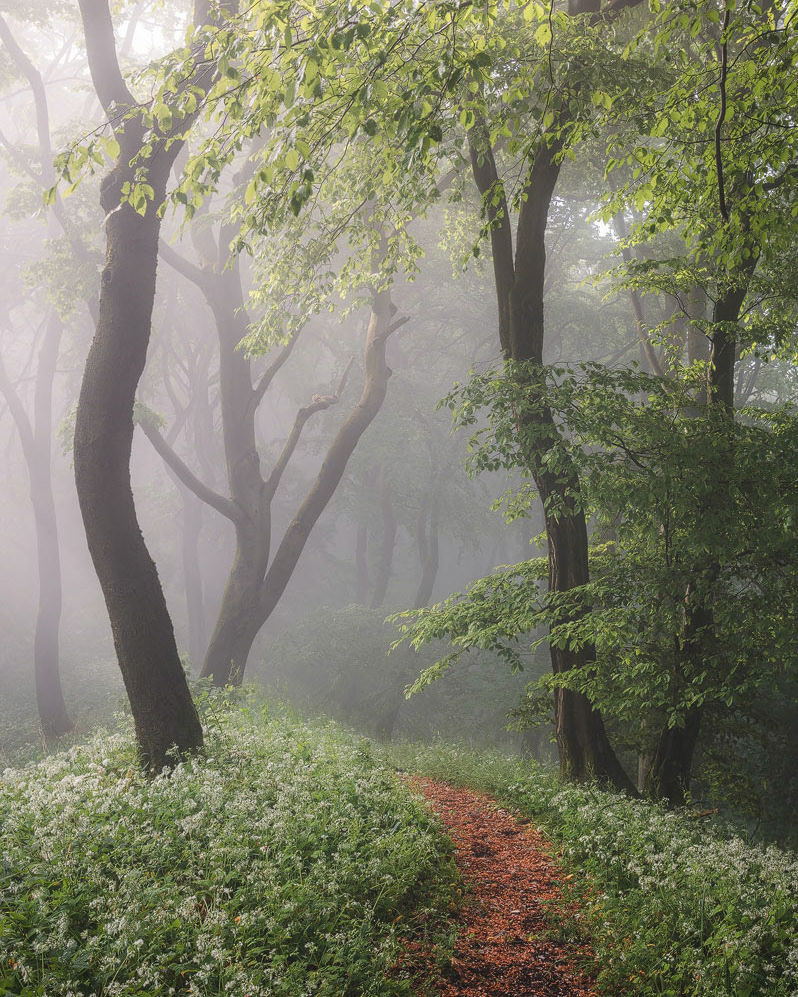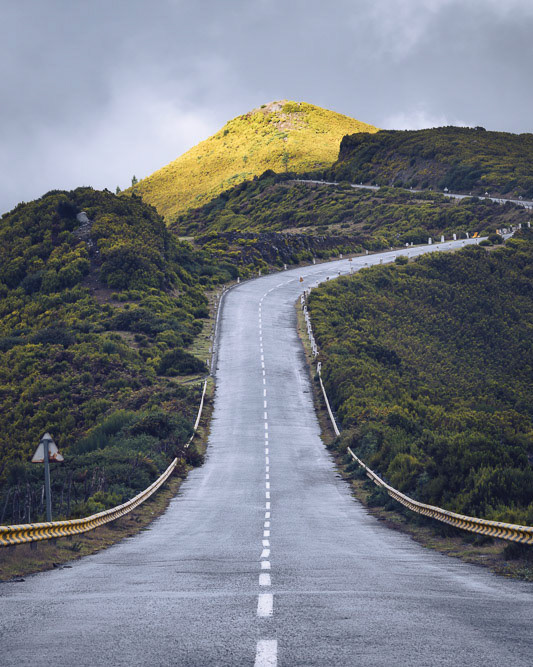Starnberger See, Germany
About the Location
This image was taken at the eastern shoreline of Starnberger See in Bavaria, Germany. At that time of the year the sun sets at about 19:30 p.m. The weather conditions had been quite similar day after day the whole week with awesome sunset light every evening. Reasons enough for me to take a short trip right after work. And in the end I was not disappointed.
The colorful afterglow happened after the sun had set below the horizon. The best colors often show before the sun is up in the morning or after the sun is already gone in the evening. That is why you should never pack your gear until 15-30 minutes after sunset. Otherwise you might miss the best part of the show. There are various apps calculating the exact time of sunrise or sunset anywhere in the world for you. These infos should be taken into consideration whenever you are planning a trip for landscape photography.
Thoughts on Composition
The main element of the composition is the winding branch in the foreground creating a leading line to the bright orange glow in the clouds. I really like how the branch dipped into the water in the middle part. You might notice the color of the sky reflecting from the wet branch in that area as well.
The cold blue tones from the sky contrast nicely with the warm oranges and reds from the sun light. I have turned the blues slightly to purple to create a more harmonic toning.
There had been no winds at all and a 27 seconds exposure resulted in a smooth water surface creating a perfect reflection of the glowing sky.
Pink: Main focus
Yellow: Leading lines
Exposure and Processing
Since the direct sunlight had already gone the glowing sky had been considerably brighter than the foreground lying in shadow. In this situation it was not possible to get an equally exposed image without using grad filters or post-processing.
Instead of using filters I prefer to take multiple exposures and blend them afterwards. Blending exposures would mean that you take different images which are correctly exposed for different areas of the scene including the lightest highlights and the darkest shadows and combine these digitally later on. The result is an equally exposed image from highlights to shadows. The human eyes would do that automatically, but even modern cameras are not yet able doing that today (to some degree).
The lens was really close to branch due to the wide-angle used. Therefore I also had to use two focus points to get everything sharp from the branch lying in the water in the foreground to the hills on the horizon in the background.
Camera Settings
Camera: Nikon D7000 (1.5 crop APS-C)
Lens: Nikkor 10-24 f/3.5-4.5
Focal length: 14mm (approx. 21mm @full-frame)
Aperture: f/8
Shutter: 27s
ISO: 100
Taken on tripod











